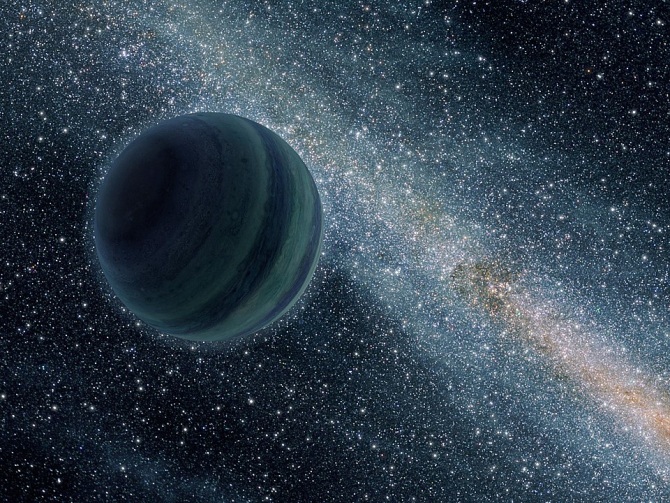In the vast expanse of space beyond the boundaries of our solar system, there are mysterious “wandering planets” or “non-stellar planets”. With no sun to illuminate them, these enigmatic astronomical objects challenge our conventional understanding of planet formation. Today we will study the fascinating world of rogue planets, their origins, properties and the impact they have on our knowledge of the universe.
ORIGIN AND CREATION
The formation of a rogue planet remains a mystery to scientists. Unlike planets orbiting a star, rogue planets appear to have been ejected from their home planetary systems or formed independently. One theory suggests that these rogue planetary masses may have been ejected during violent gravitational interactions with other celestial bodies in their parent systems. Another hypothesis is that they may have formed directly from the collapse of molecular clouds, without the need for a progenitor star.
Characteristics and behavior
Rogue planets are cold, lonely objects that float in the vacuum of space. Because it lacks an energy source like a star, its temperature is very low, close to absolute zero. Because of their distance from any light source, these planets are difficult to detect and study directly. However, scientists used observational techniques and computer simulations to study their existence and properties.
(Photo: )
Implications and recent findings
Rogue planets provide a unique window into understanding the processes of planet formation and evolution. Studying these materials helps us understand how the planets interact with each other gravitationally and how planetary systems evolve over time. Also, their study may shed light on the existence of habitable planets beyond traditional star systems.
Recently, scientists have been able to indirectly detect the existence of rogue planets and observe their gravitational effects on other objects such as stars or gas clouds. Also, it has been proposed that some astronomical phenomena such as the enigmatic interstellar object ‘Oumuamua’ may actually be rogue planets captured by the gravitational pull of our star.
Rogue planets are one of the most fascinating and challenging mysteries of modern astronomy. Although there is still much to discover and understand about these celestial bodies, their study expands our scientific horizons and challenges our current concepts of the universe. As technological advances and observational techniques improve, we are one step closer to unlocking the secrets of rogue planets and fully understanding their role in cosmic history. Ultimately, these lonely wanderers can reveal fundamental clues about the nature and existence of life in the vast and wonderful universe in which we live.

